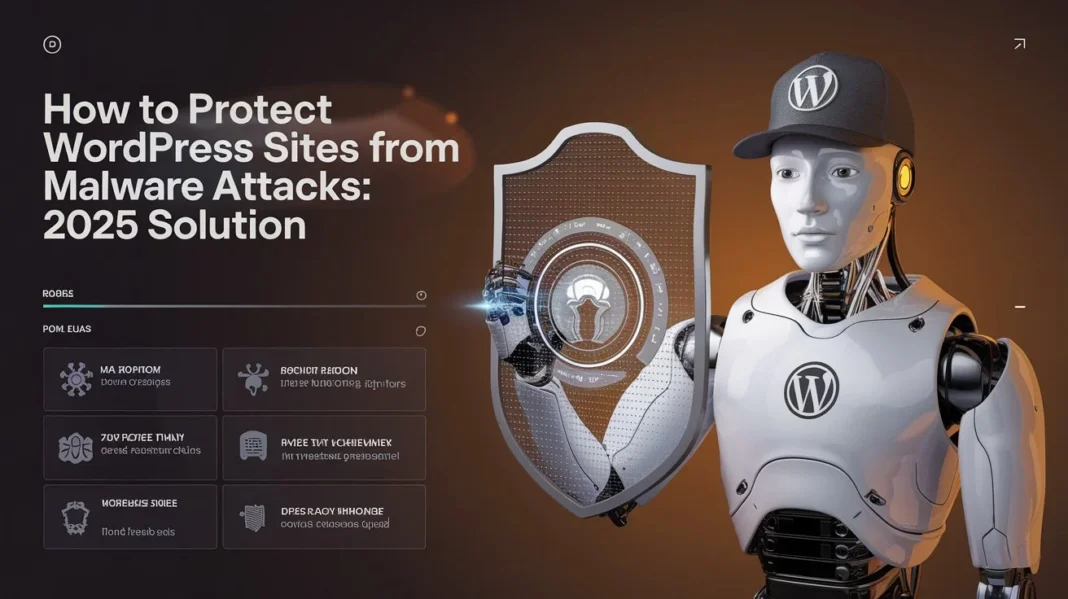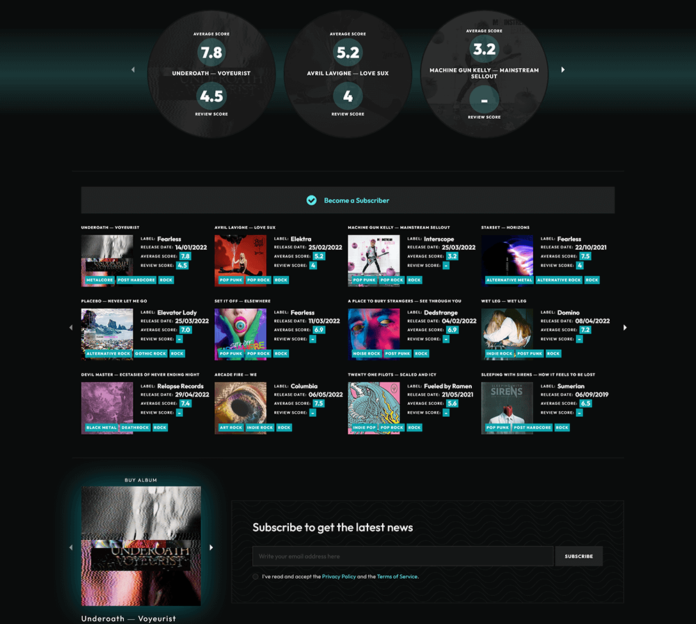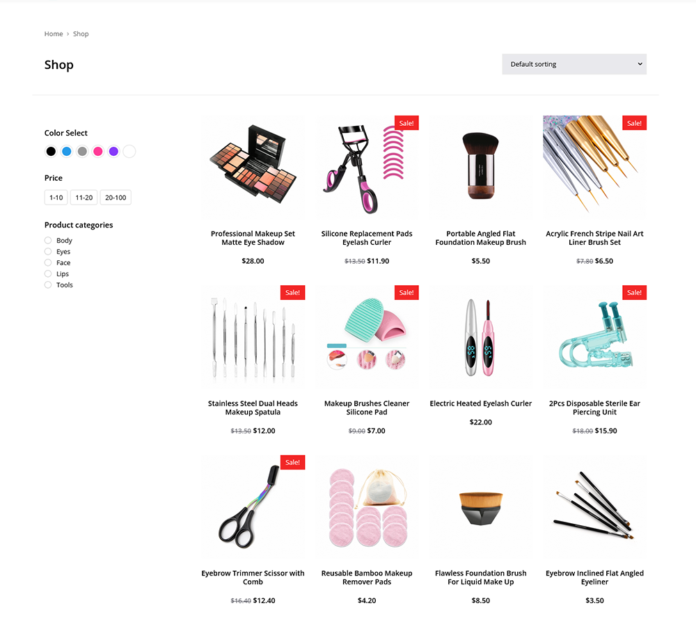WordPress remains one of the most popular content management systems, making it a frequent target for malware attacks. With evolving cybersecurity threats in 2025, it’s essential to take proactive measures to secure your WordPress site. This guide outlines effective strategies to protect your website from malware attacks.
Understanding Malware Attacks
Malware, or malicious software, refers to any software designed to damage, disrupt, or gain unauthorized access to a system. WordPress websites can fall victim to various types of malware, including viruses, ransomware, spyware, and trojans. Identifying the risks and understanding how these attacks occur is the first step in protection.
Choosing a Secure Hosting Provider
A reliable hosting provider with strong security protocols can significantly reduce the risk of malware attacks. Choose a hosting provider that offers:
- Regular backups
- DDoS protection
- Malware scanning and removal services
- Secure data centers
Keeping WordPress and Plugins Updated
Hackers often exploit outdated themes, plugins, and core WordPress files. Regular updates ensure vulnerabilities are patched. Enable automatic updates for both WordPress core and plugins to maintain security.
Implementing Strong Passwords and User Management
Weak passwords are a common entry point for hackers. Use complex passwords with a combination of uppercase letters, lowercase letters, numbers, and special characters. Implement two-factor authentication (2FA) for added security. Additionally, limit the number of administrative accounts and assign appropriate roles to users.
Installing Security Plugins
Security plugins provide an added layer of protection against malware. Popular options include:
- Wordfence Security
- Sucuri Security
- iThemes Security These plugins offer features like firewall protection, malware scanning, and real-time threat detection.
Enabling SSL Certificates
Secure Socket Layer (SSL) certificates encrypt data transferred between your website and users. Most hosting providers offer free SSL certificates. Ensure your website uses HTTPS instead of HTTP to protect sensitive information.
Regular Website Backups
Frequent backups allow you to restore your website to a clean state in case of a malware attack. Use reliable backup plugins like UpdraftPlus or BackupBuddy, and store copies in multiple locations, including cloud storage.
Implementing Web Application Firewalls (WAF)
A Web Application Firewall (WAF) blocks malicious traffic before it reaches your website. WAFs monitor and filter traffic based on pre-established security rules, preventing attacks such as SQL injection and cross-site scripting.
Monitoring and Scanning for Malware
Regularly scan your website for malware using tools like SiteLock or MalCare. Many security plugins offer automated malware scanning and notifications if suspicious activity is detected.
Limiting File Uploads and Implementing File Permissions
Restrict file uploads to authorized users and scan all uploaded files for malware. Configure file permissions to prevent unauthorized access to critical files.
Educating Your Team
Cybersecurity awareness is crucial for preventing attacks. Educate your team on best practices for managing WordPress sites, recognizing phishing attempts, and responding to security incidents.
Final Thoughts
By implementing these security measures, you can significantly reduce the risk of malware attacks on your WordPress site. Stay vigilant, monitor your website regularly, and adapt to new threats as they emerge. Prioritizing security not only protects your data but also ensures the safety of your users and maintains your site’s reputation.








